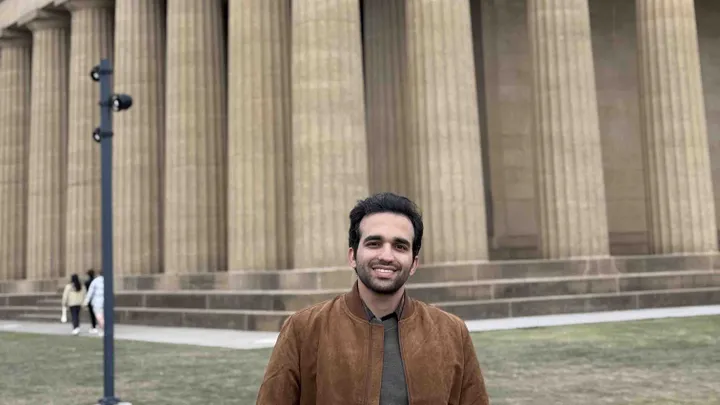Raja approached Ishfaq, a 2010 UA graduate, about conducting an academic research piece around an idea she had about helping out people in certain areas who don’t have certain access to services, like those that ?doctors provide.
“We were discussing how there is a supply change management area to delivery of health care,” Ishfaq said. “The way I frame that is that if you talk about people who live in rural communities, they face a logistical barrier to getting access to health care.”
The barrier, he said, comes from the distance to regional hospitals.
The idea, Raja said, was that using telemedicine facilities can help rural patients avoid long commutes and get the access to expert health care that they normally cannot access.
“The general goal of the project was to create a model that would allow for the identification of suitable locations for setting up telemedicine locations in the rural Black Belt region,” she said
Ishfaq said they developed a strategic action plan and a strategic ?business plan.
“What we wanted to do is provide a road map for health care professionals and health care service administrators that they can use in setting up a health care delivery mechanism which is both efficient to providing access to health care while remaining an ?economically sustainable delivery mechanism,” Ishfaq said.
Besides looking at specific demographics, Raja said, their paper, “Bridging the Healthcare Access Divide: A Strategic Planning Model for Rural Telemedicine Network,” also looked at policy decisions such as travel across state lines and variations into the maximum distance traveled to ?a healthcare facility.
“We did our research using both the archival data from the Census and the NHS,” Raja said. “The estimates found consider disease prevalence estimates computed based on the population demographics (census data) and the disease patterns based on ?the health survey data.”
Michael Hardin, dean of Culverhouse College of Commerce & Business Administration, said it’s a great example of new things that can come up in the practice of medicine.
“The technology can make the delivery of health care, especially in certain areas which maybe are underserved with health care, more accessible,” he said. “It can provide a better avenue and better health care especially in rural areas.”
After being submitted for review, the work was accepted for publication in the “Decision Sciences Journal,” an academic journal, which Hardin said was a very prestigious honor.
Ishfaq said he particularly enjoyed working on this project due to the human ?interest aspect.
“As University professors, we work on a number of research projects. This one is special because it connects with fellow Alabamians. It was a human and subject matter, which is close to home. We were working on a project that would address the human side, which is different than the usual which made this project more exciting,” Ishfaq said. “We can help.”








